The Battle of Monte Cassino began on January 17, 1944. The area was a stronghold for Germany, which held the Garigliano, Liri, and Rapido valleys, forming the Gustav Line. The rugged terrain created a natural fortress, giving the town the defensive high ground and creating a strategic nightmare for the Allies.
The city had to be captured as it stood in the way of the entrance to the Liri Valley, which was a direct route to their primary target, Rome. This four-month battle became a meat grinder, resulting in 55,000 Allied and 20,000 German casualties.
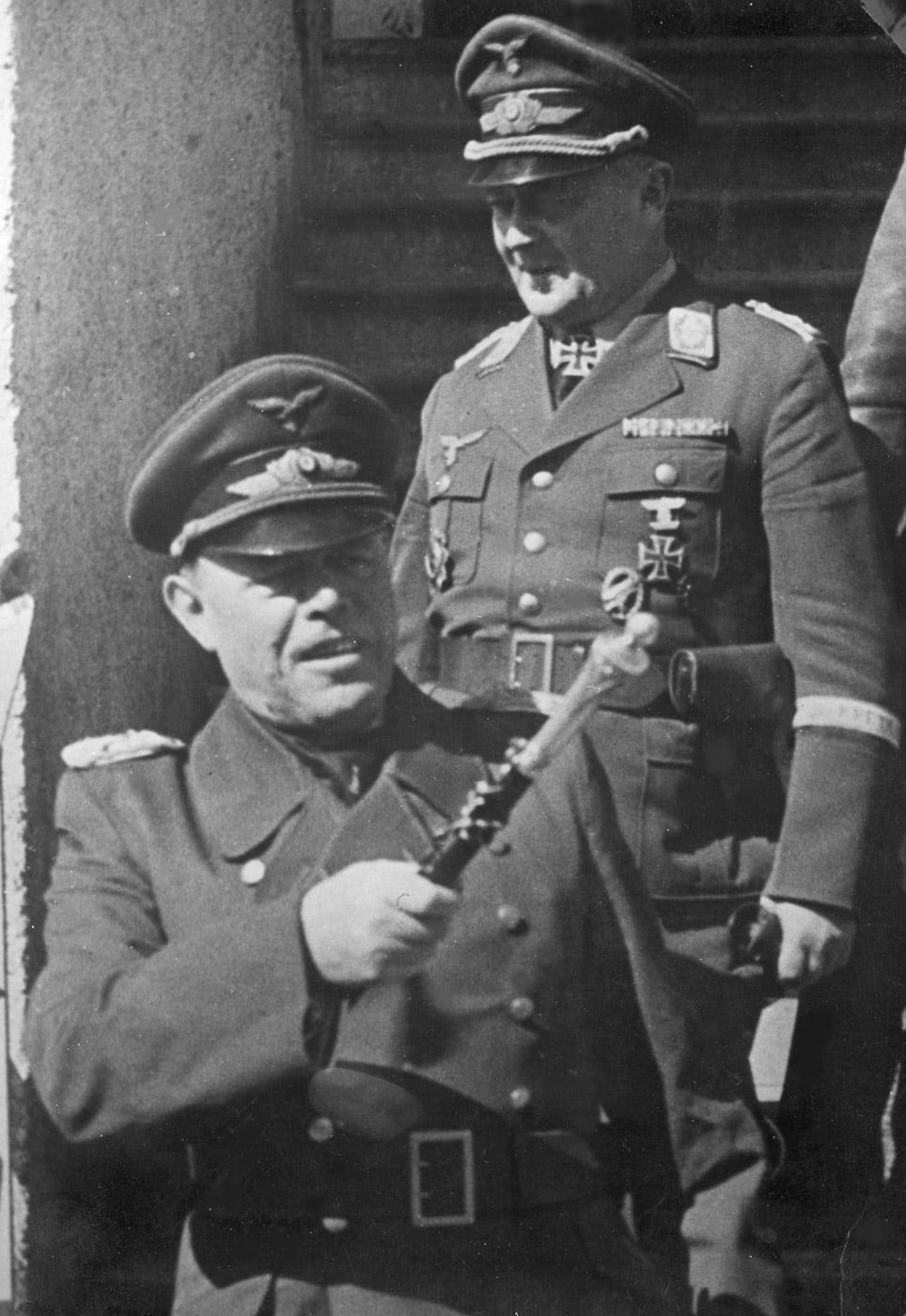
Gustav Line
The Gustav Line was 161 kilometers long and fortified when Germany retreated to the area after the invasion of Italy. It was a key component of the larger Winter Line: a series of German defensive fortifications in central Italy designed to slow the Allied advance up the Italian peninsula
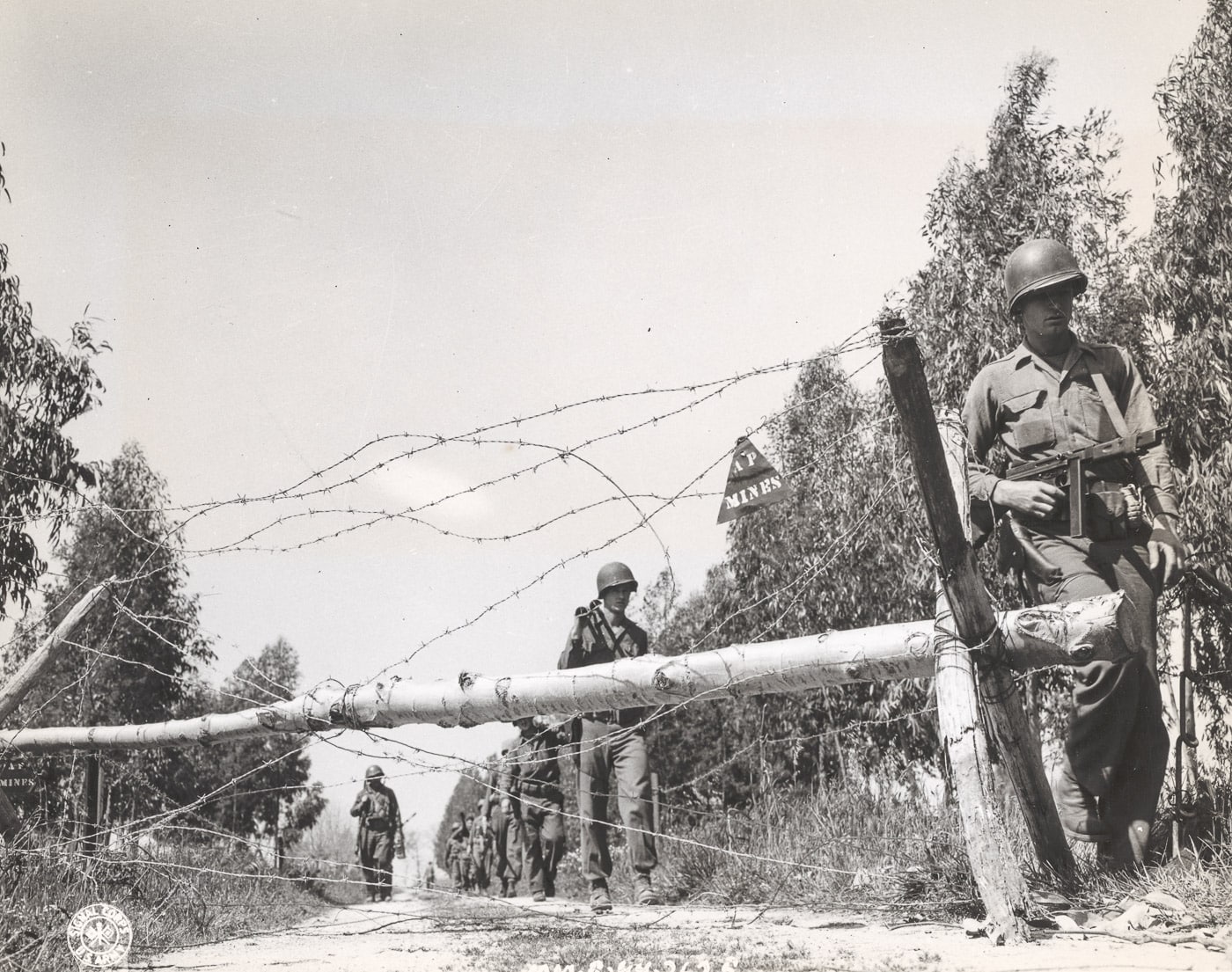
Fortifications included artillery, minefields, machine gun emplacements, barbed wire and pill boxes, which were manned by 15 German divisions.
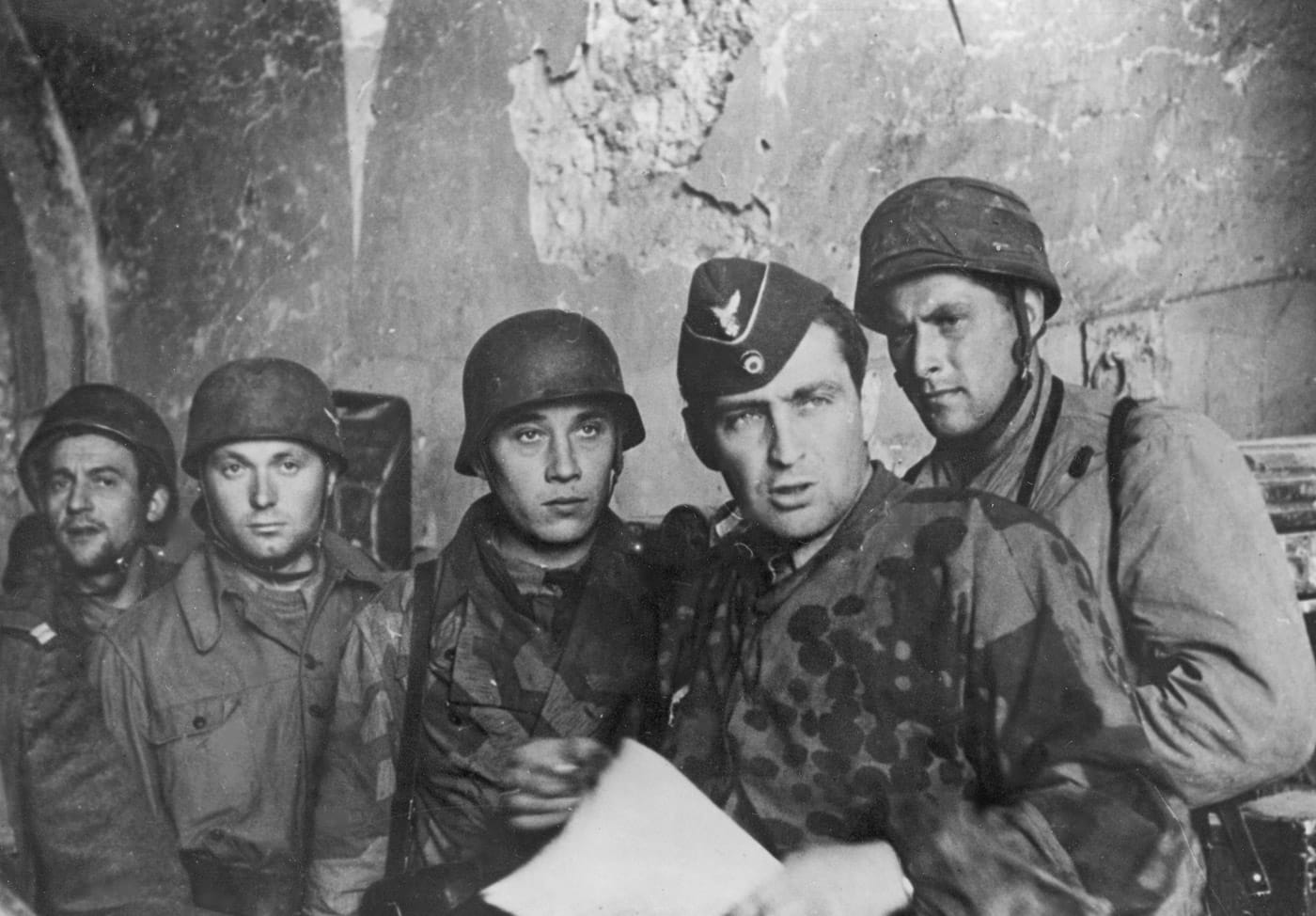
On January 17, 1944, the British Tenth Corps initiated the first ground assault on the Gustav Line and attacked the enemy’s left flank, suffering an estimated 4,000 casualties.
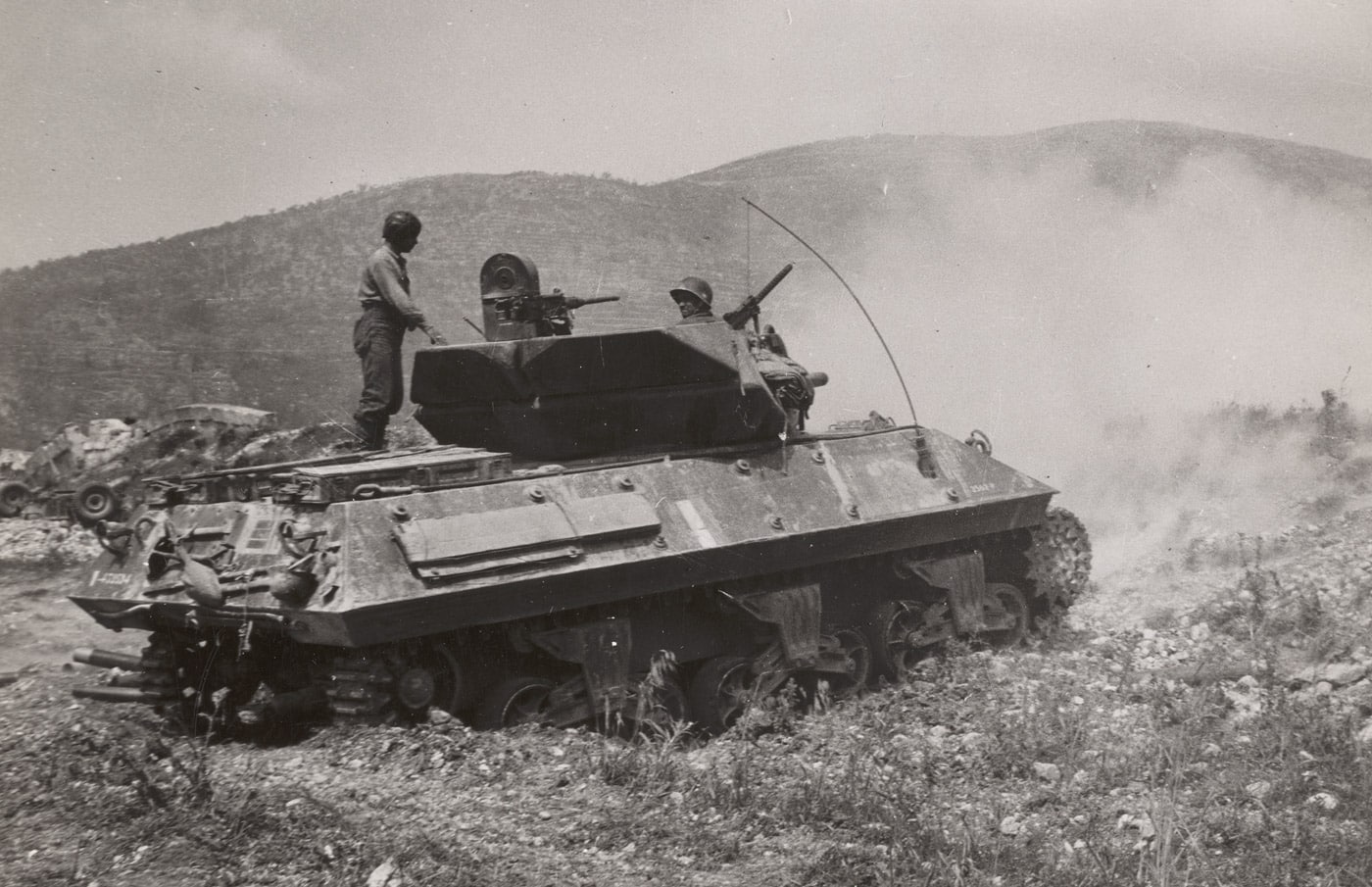
On January 20th, the U.S. Army’s 36th Division attacked the center attempting to push across the Gari River. Although the American troops fought hard, they suffered at least 1,600 casualties in just 48 hours. It is believed less than 40 Germans were killed during the same time.
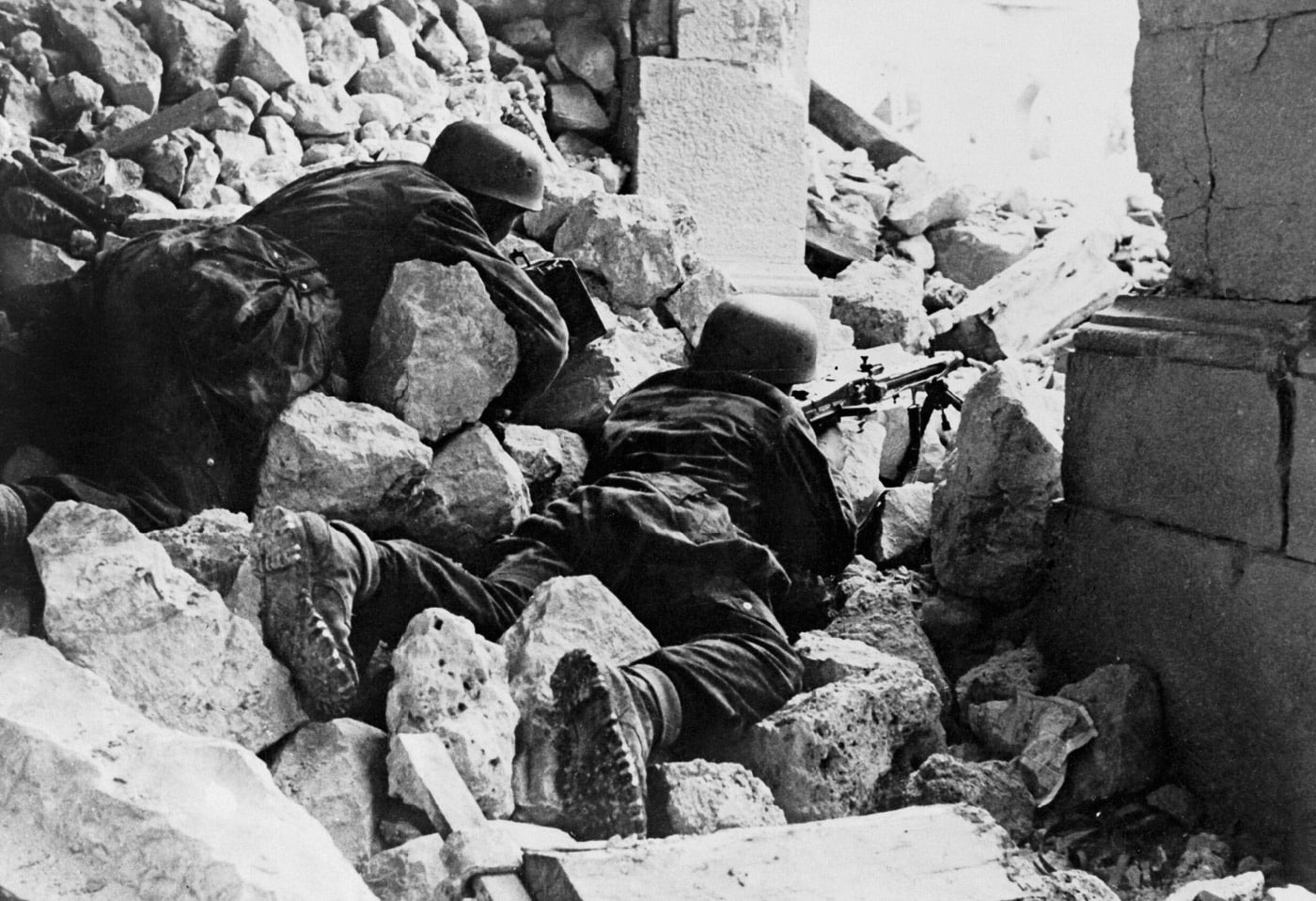
Two more assaults were launched with similar results. The losses were so bad, the attack would later be the subject of a Congressional inquiry.
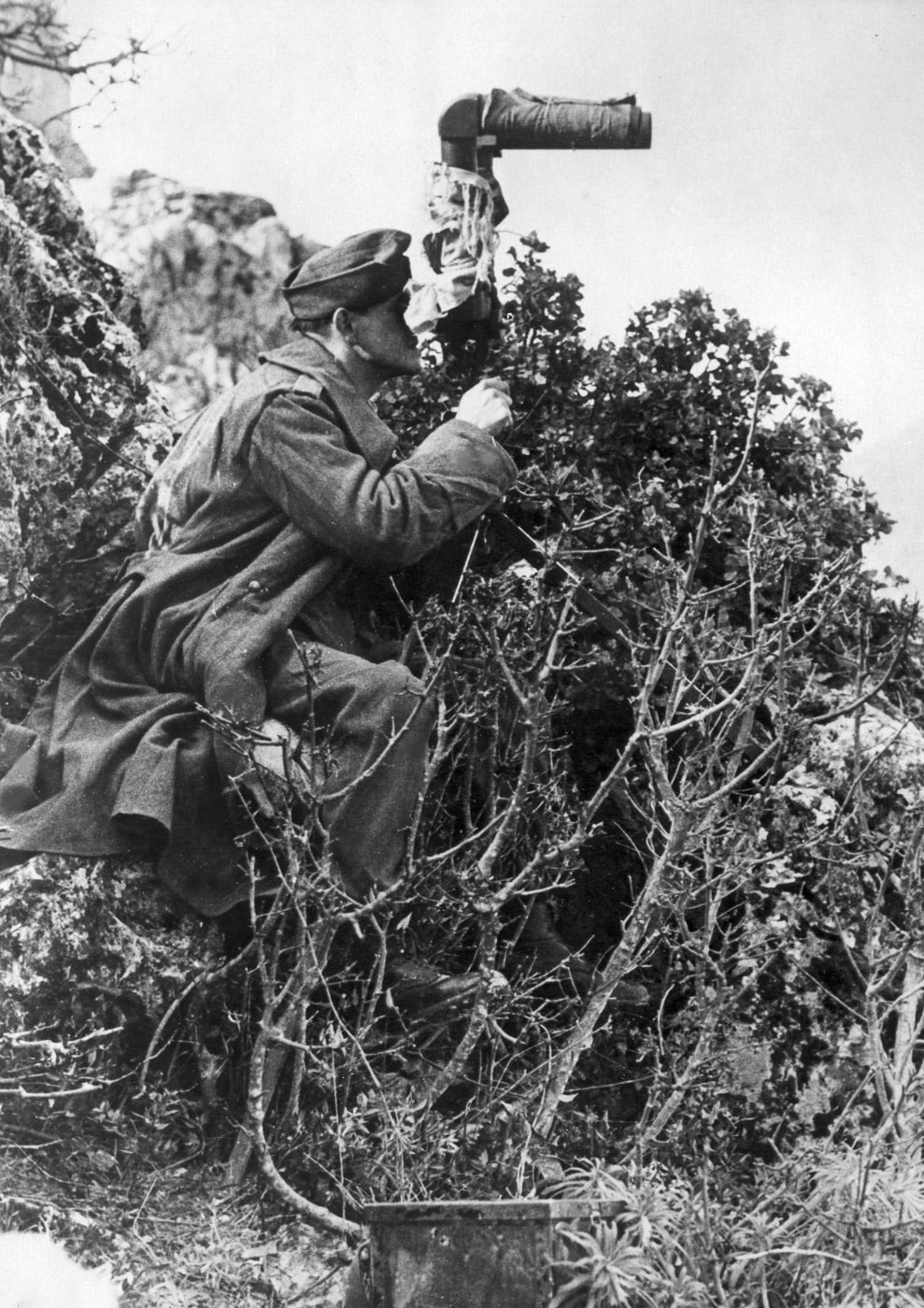
Abbey of Monte Cassino
Situated above the city was the Abbey of Monte Cassino at 520 meters. The abbey was built on the site of Roman fortifications where St. Benedict of Nursia established the first monastery of his Benedictine Order in 529 A.D.
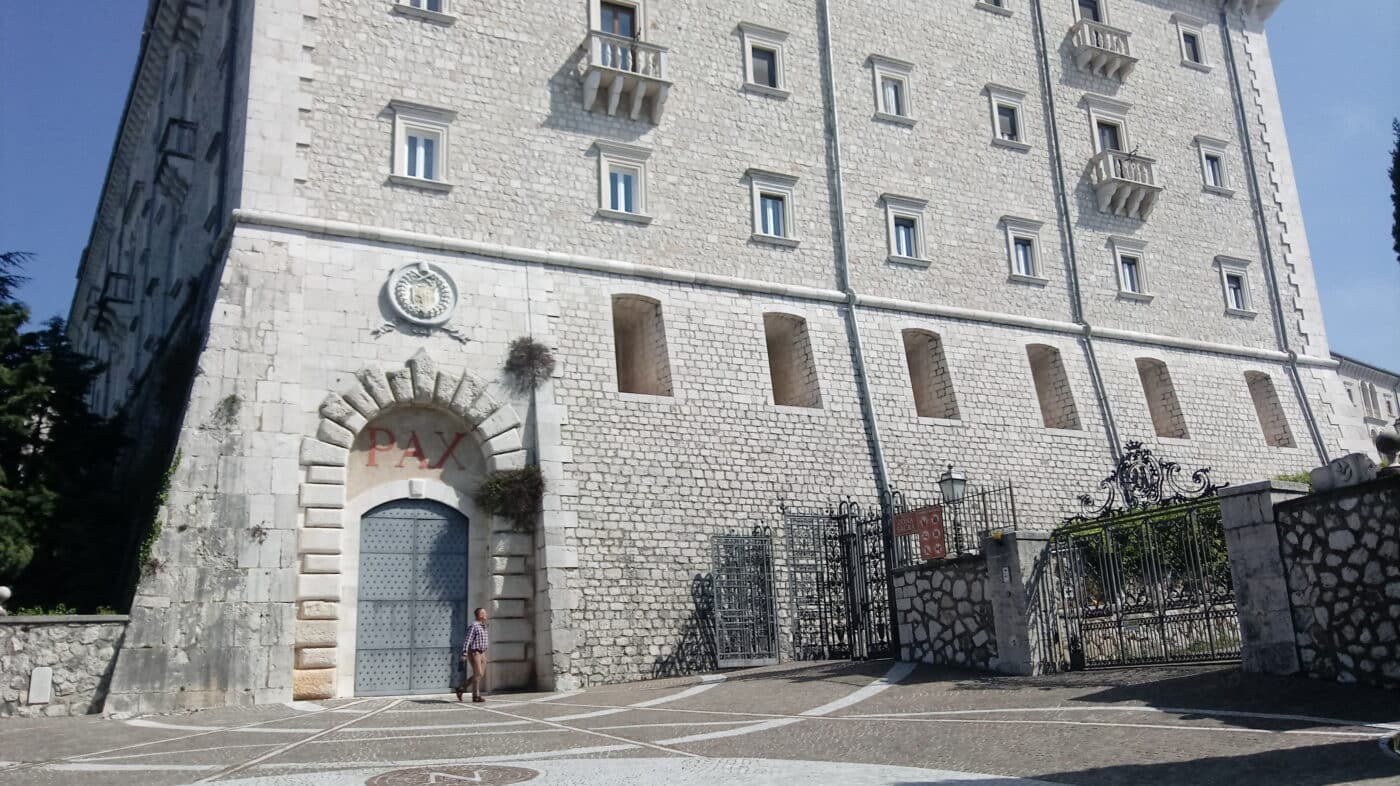
There were conflicting reports about whether the Germans were inside the monastery, using it for cover. The British press claimed they were; The New York Times claimed they were; spotters claimed they were, while the German Commander said his men were only outside the Abbey. Even rumors regarding the location of German troops were believed to be accurate.
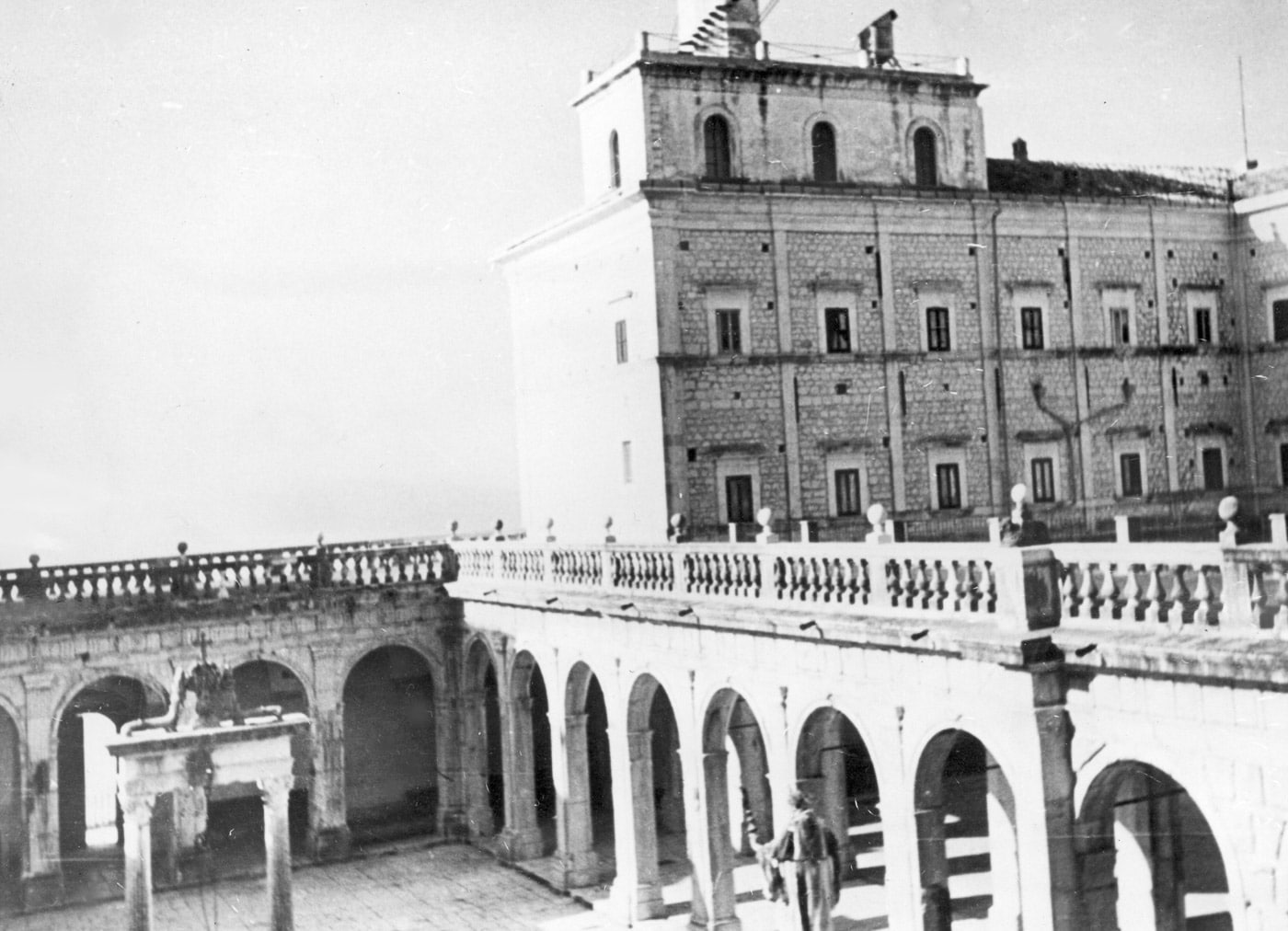
However, Martino Matronola, a monk who remained at Monte Cassino, asserted that the Wehrmacht was not using the monastery. History shows the Germans were not inside the abbey, but were also counting on the Allies to hesitate in a full-scale assault on the Abbey.
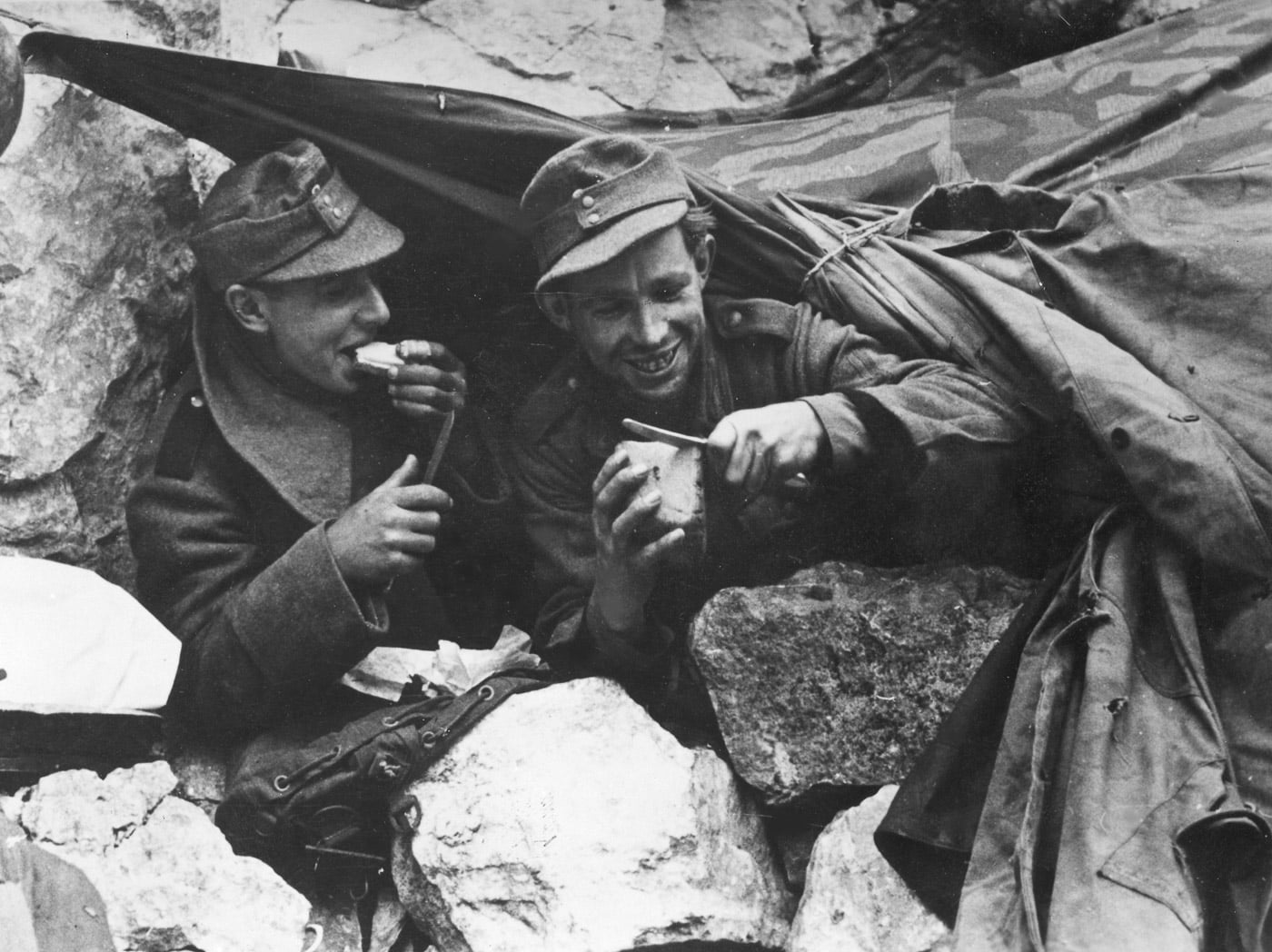
The decision to bomb the abbey was made, but is still hotly debated.
Before the bombing, the Allies dropped leaflets with a warning before the attack.
“Italian friends, until this day, we have done everything to avoid bombing the abbey. But the Germans have taken advantage. Now that the battle has come close to your sacred walls, we shall, despite our wish, have to direct our arms against the monastery. Abandon it at once. Put yourselves in a safe place. Our warning is urgent.” ~ Fifth Army
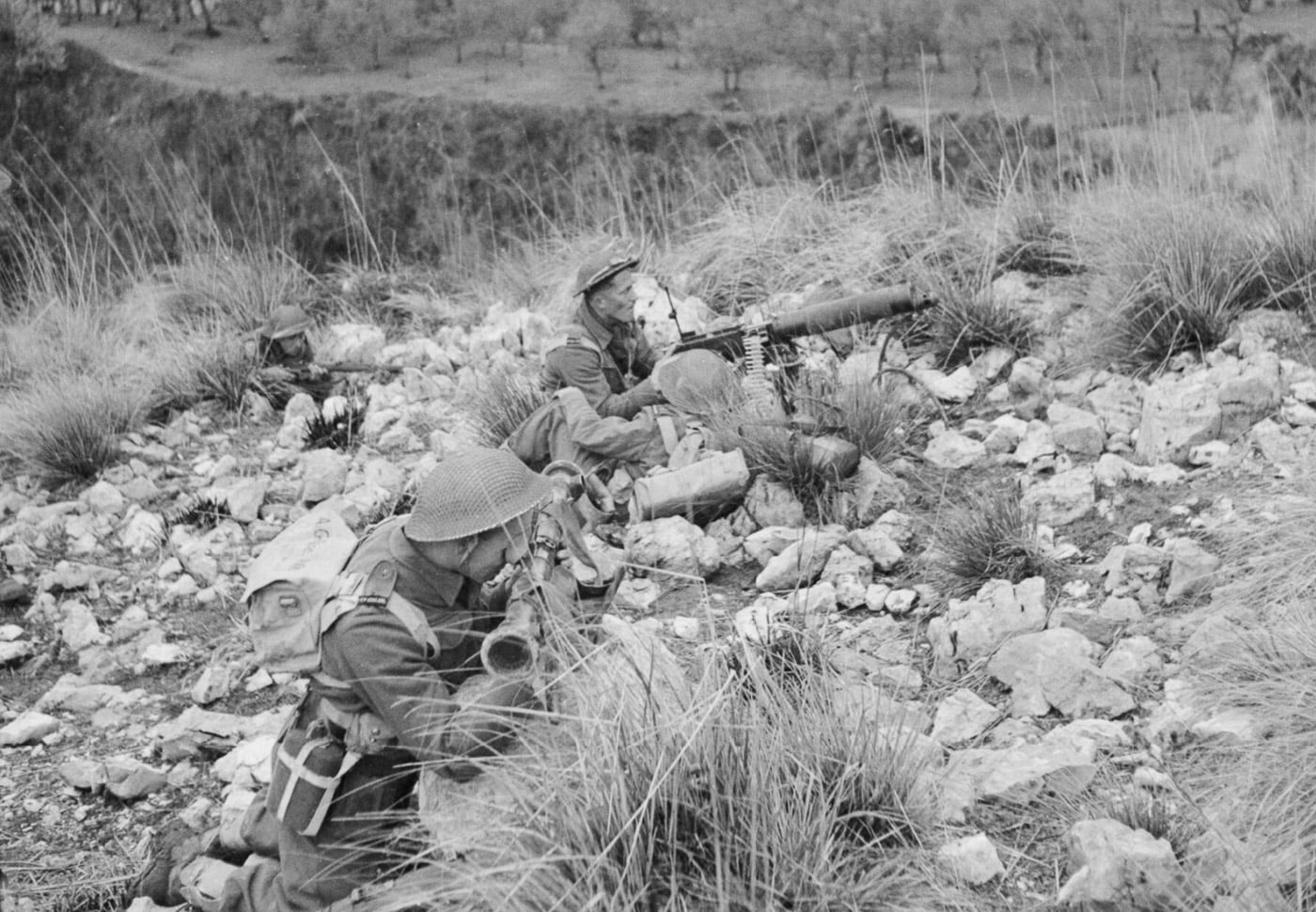
The Bombing Begins
Before the bombing, soldiers and spectators camped out for a view of the destruction. When the initial bombs struck the Abbey, cheers went out from the troops and reporters below, believing the falsehood that the Germans held the abbey and violated the religious site to use it as a safe haven.
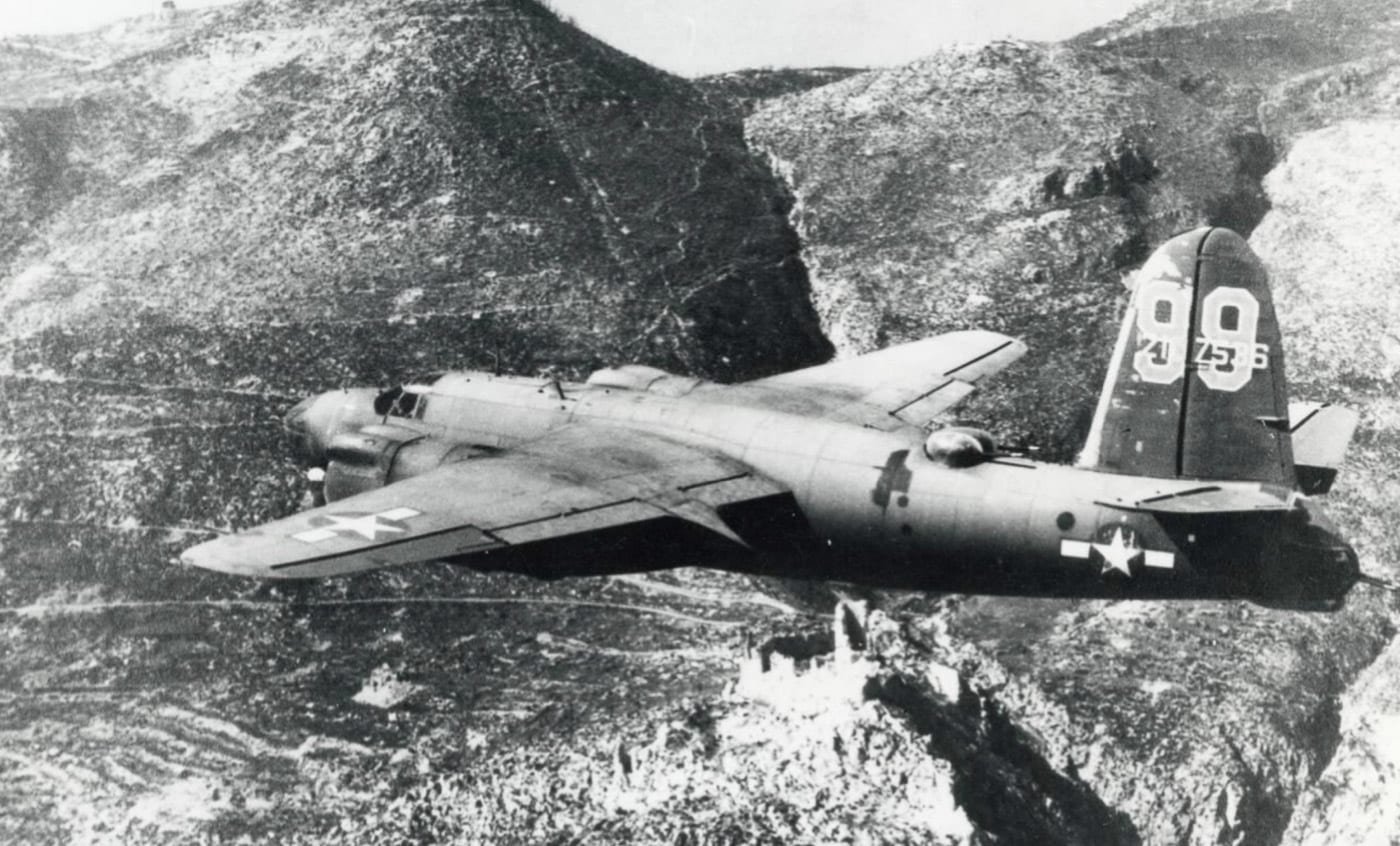
On February 15, 1944, a mix of American Boeing B-17s, North American B-25s and Martin B26s from the 96th Bomb Group attacked the abbey, dropping 1,150 tons of ordinance on the monastery and reducing it to rubble. Maj. Bradford Evans, the lead pilot in the first formation, piloted a B-17 Flying Fortress numbered 666, an ominous signal for the first aircraft to take part in the destruction of the religious site.
Between bombing runs, artillery from II Corps continued the assault and pounded the summit. The bombing resulted in the deaths of approximately 230 Italians who fled to the abbey for safety, while no German positions near the abbey were hit.
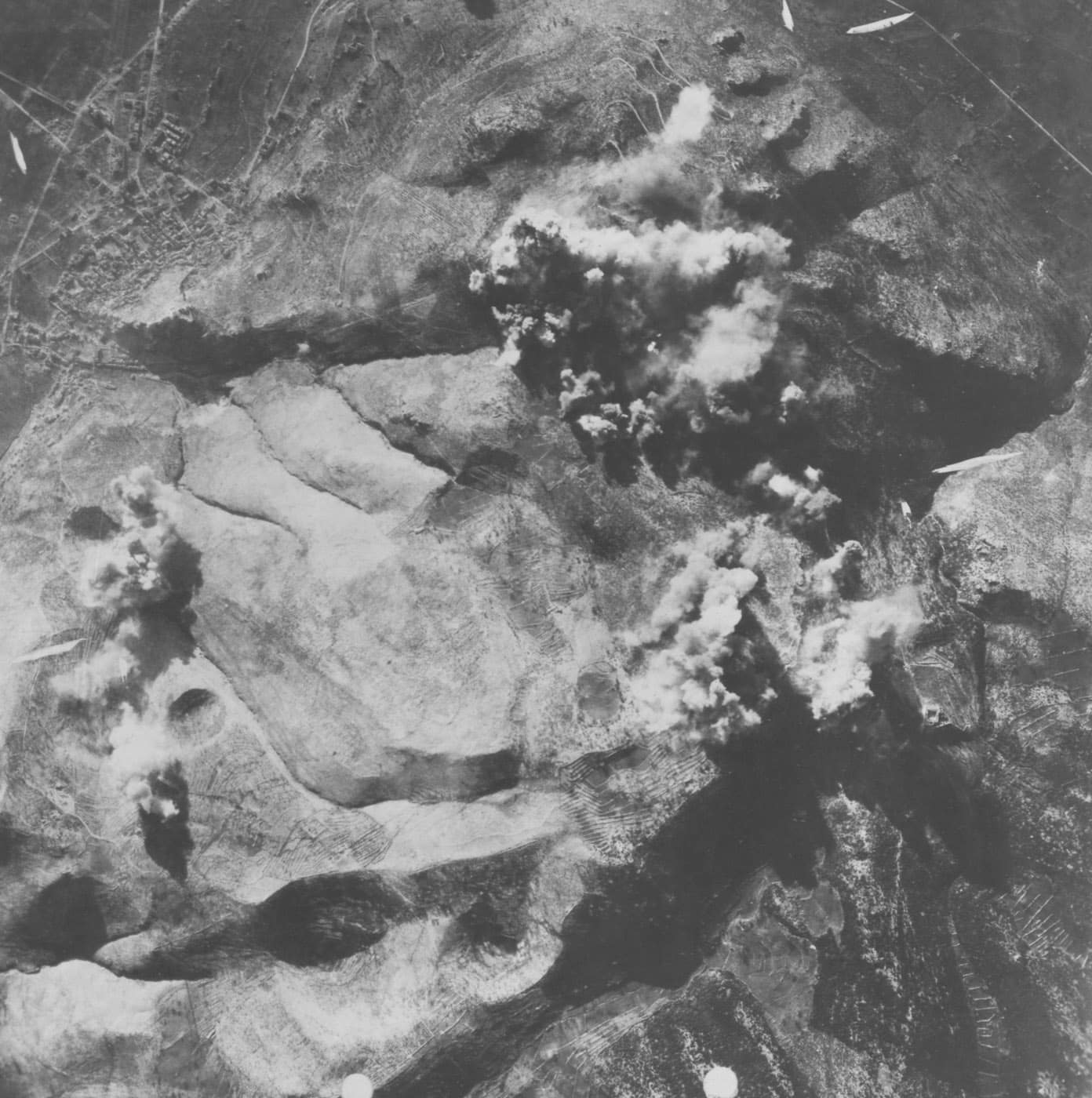
Now that the bombers had finished their mission, infantry troops would follow up with an assault, or would they? It seems the Army Air Corps failed to include infantry units in the planning as the bombers had to be flexible and plan their attack according to weather conditions and other missions in the theater.
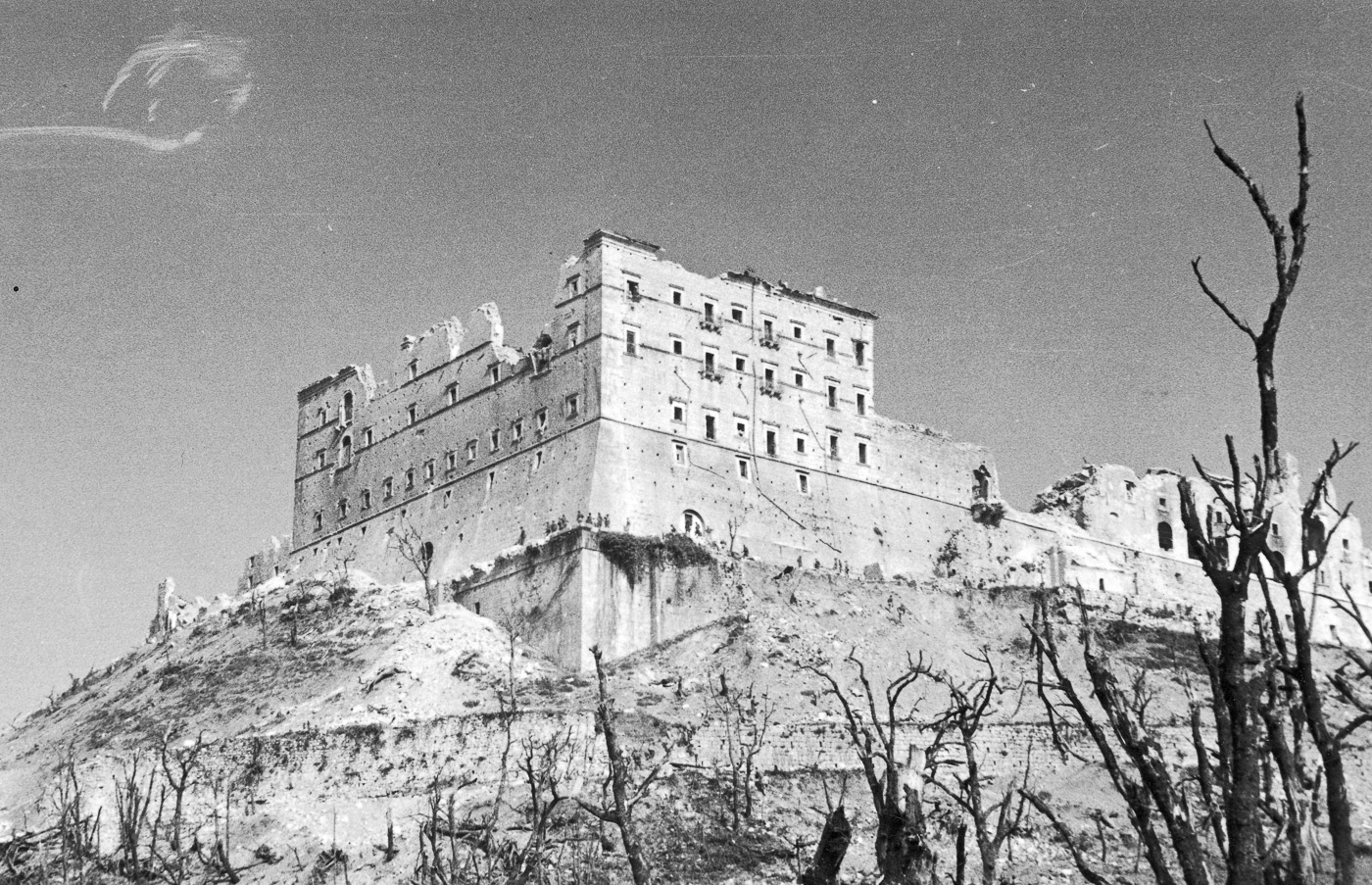
Brigade commanders of the 4th Division were surprised to see the bombers go overhead during their morning planning meeting, and many infantry troops had been rotated into the valley only two days before the mission and had not been supplied with equipment for an assault due to heavy rains and flooding.
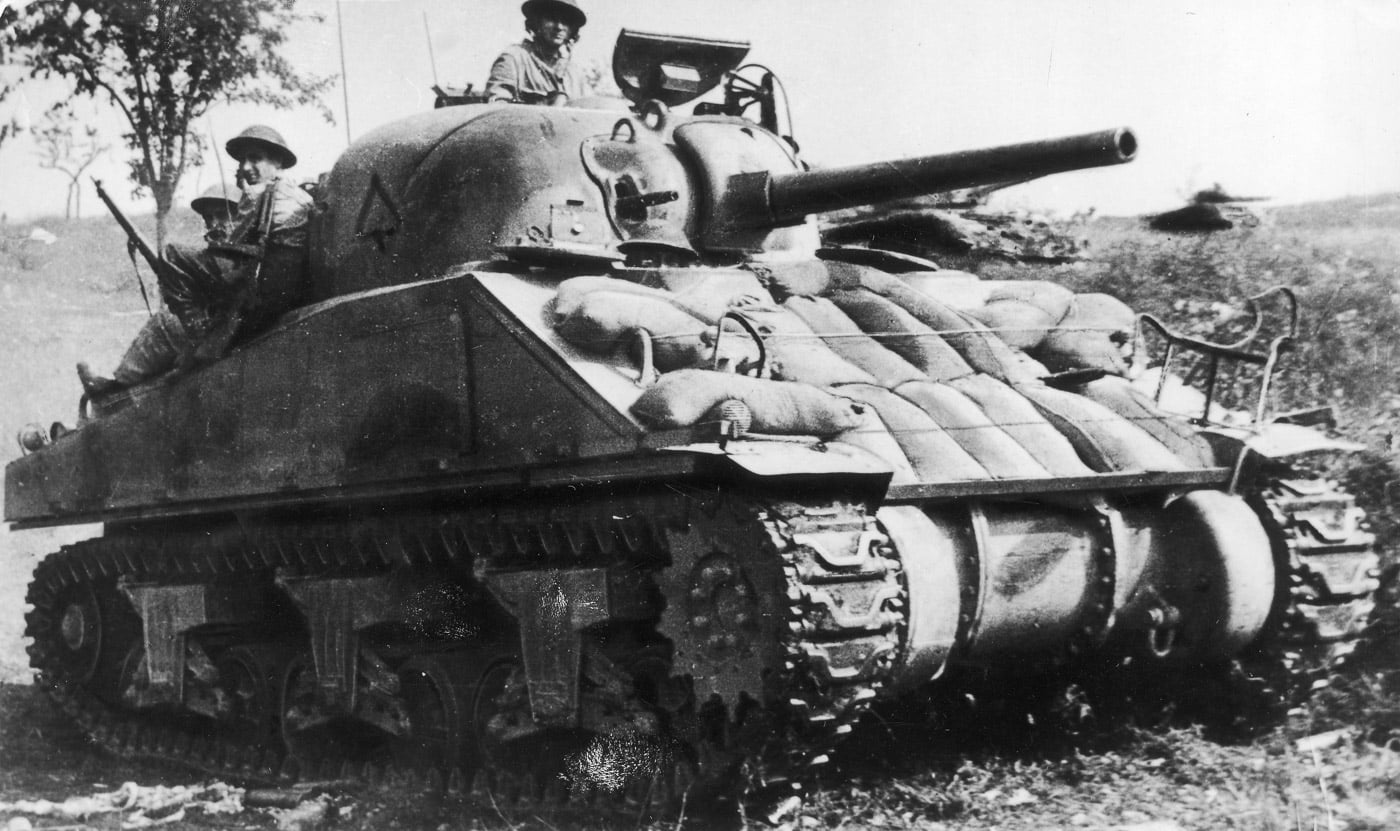
In the aftermath of the bombing, the abbey’s destruction proved to be detrimental to the U.S. Quickly, German Airborne Fallschirmjäger troops occupying the rubble began fortifying the site, and Allied assaults up the mountain achieved little, at the cost of heavy casualties.
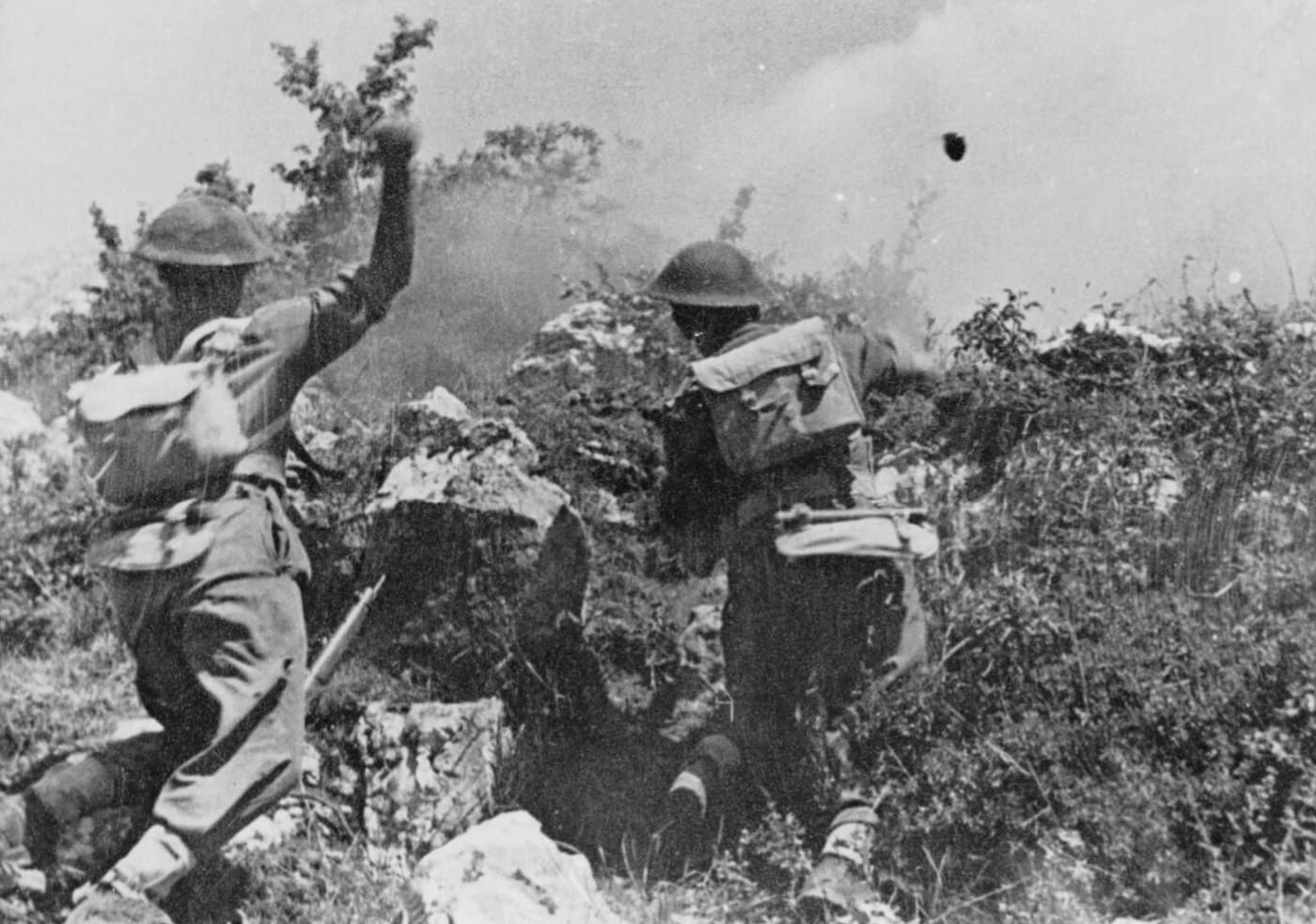
The German propaganda machine also used the bombing of Monte Cassino to smear the United States as enemies of ancient and religious traditions.
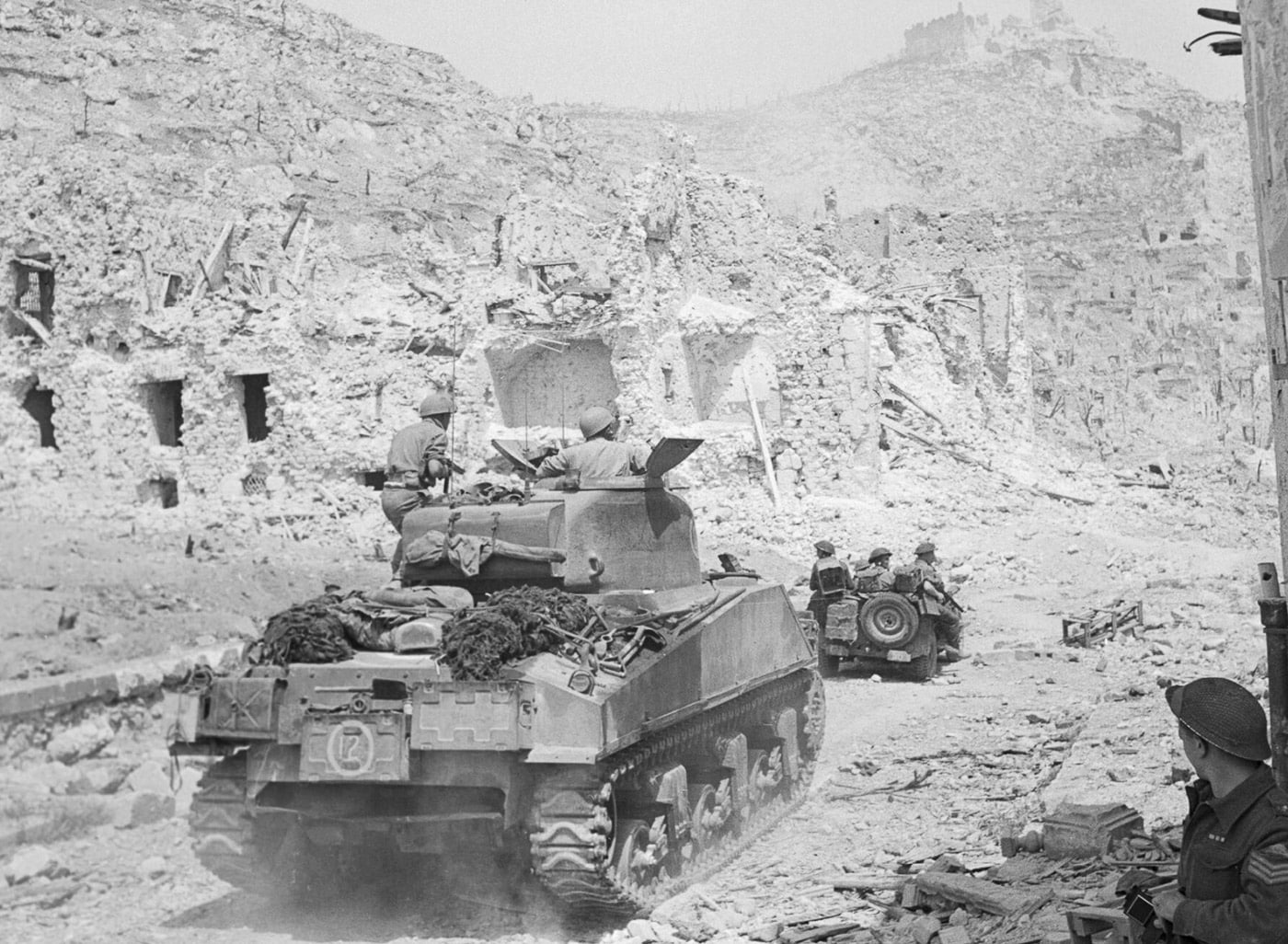
Pope Pious XII did not comment on the destruction of the abbey, but his secretary of state told the U.S. diplomats that the bombing was “a colossal blunder…a piece of gross stupidity.”
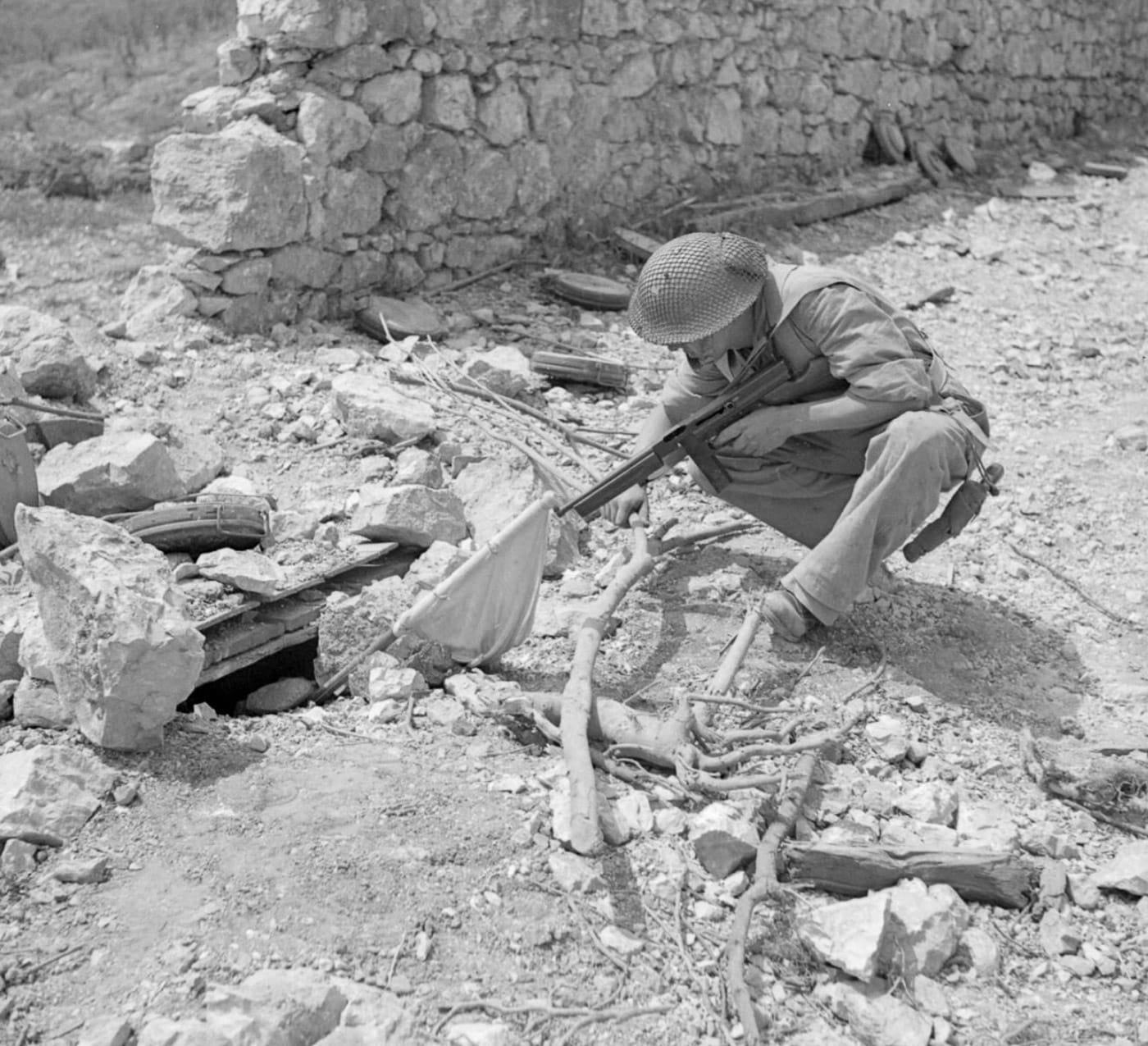
Operation Diadem
The final plan for Monte Cassino was to force the Germans to commit a large number of troops in Italy at the same time as the Normandy invasion and to circle Monte Cassino with an attack by the U.S. II Corps on the left towards Rome.
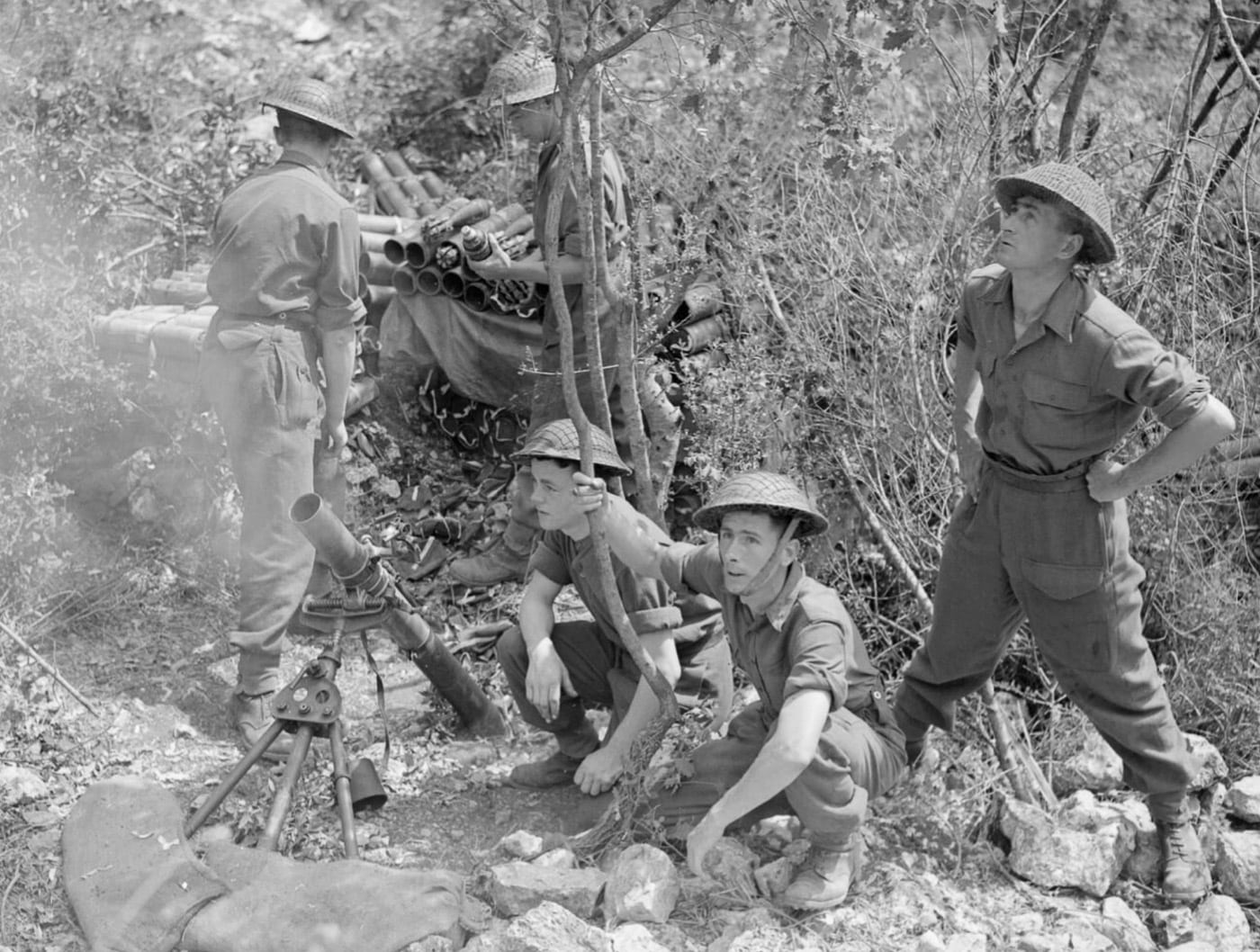
The French would attack from the right side into the Aurunci mountains, the British XIII Corps up the center right into the Liri Valley, together with the Polish II Corps on the right to isolate the abbey and push the retreating Germans into the direction of the U.S. VI Corps from the Anzio beachhead.
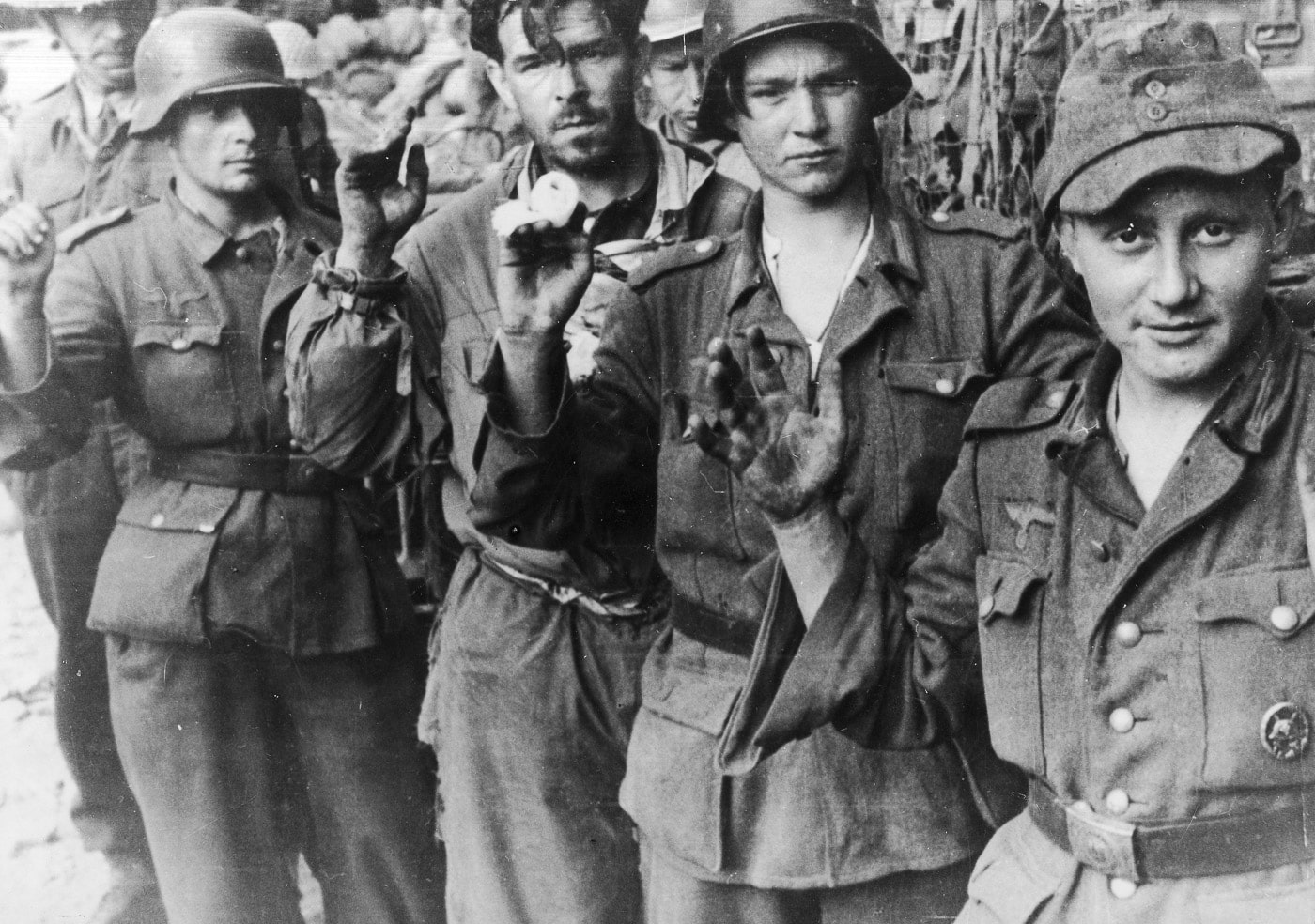
On May 17, The Polish II Corps launched another attack on the abbey. German artillery and mortar fire battered the Polish troops, and a fierce battle with hand-to-hand combat raged on. The Germans, concerned that their supply line would be cut by the Allies’ advance into the Liri Valley, pulled back from Monte Cassino to the Hitler line.
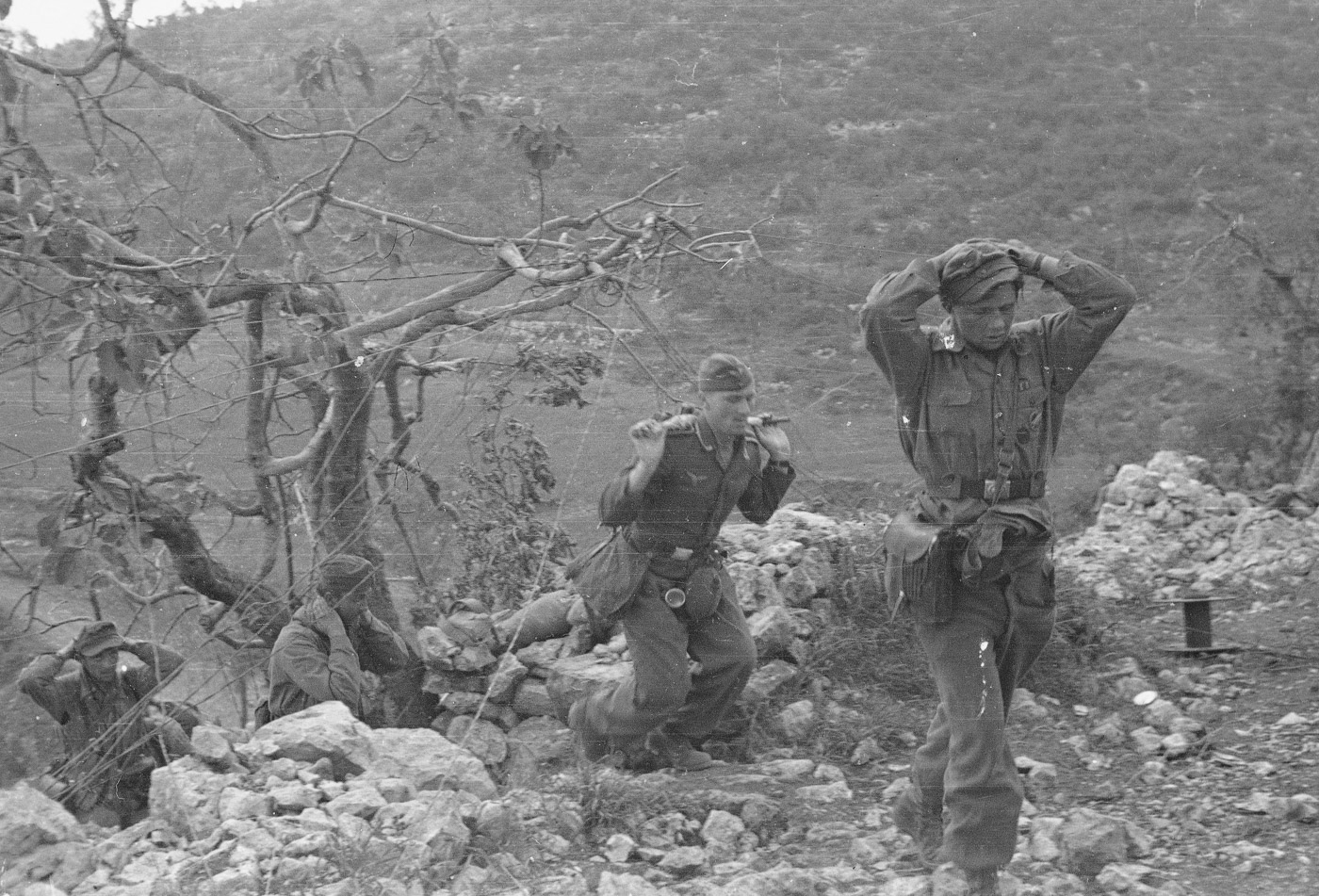
On May 18, 1944, Polish troops linked up with British soldiers in the Liri valley, while troops from the 12th Podolian Cavalry, exhausted from the battle on the summit, made it to the abbey to raise the Polish flag over the ruins. Four months into the campaign and three months after the abbey was leveled, The Battle of Monte Cassino was over. But at what cost?
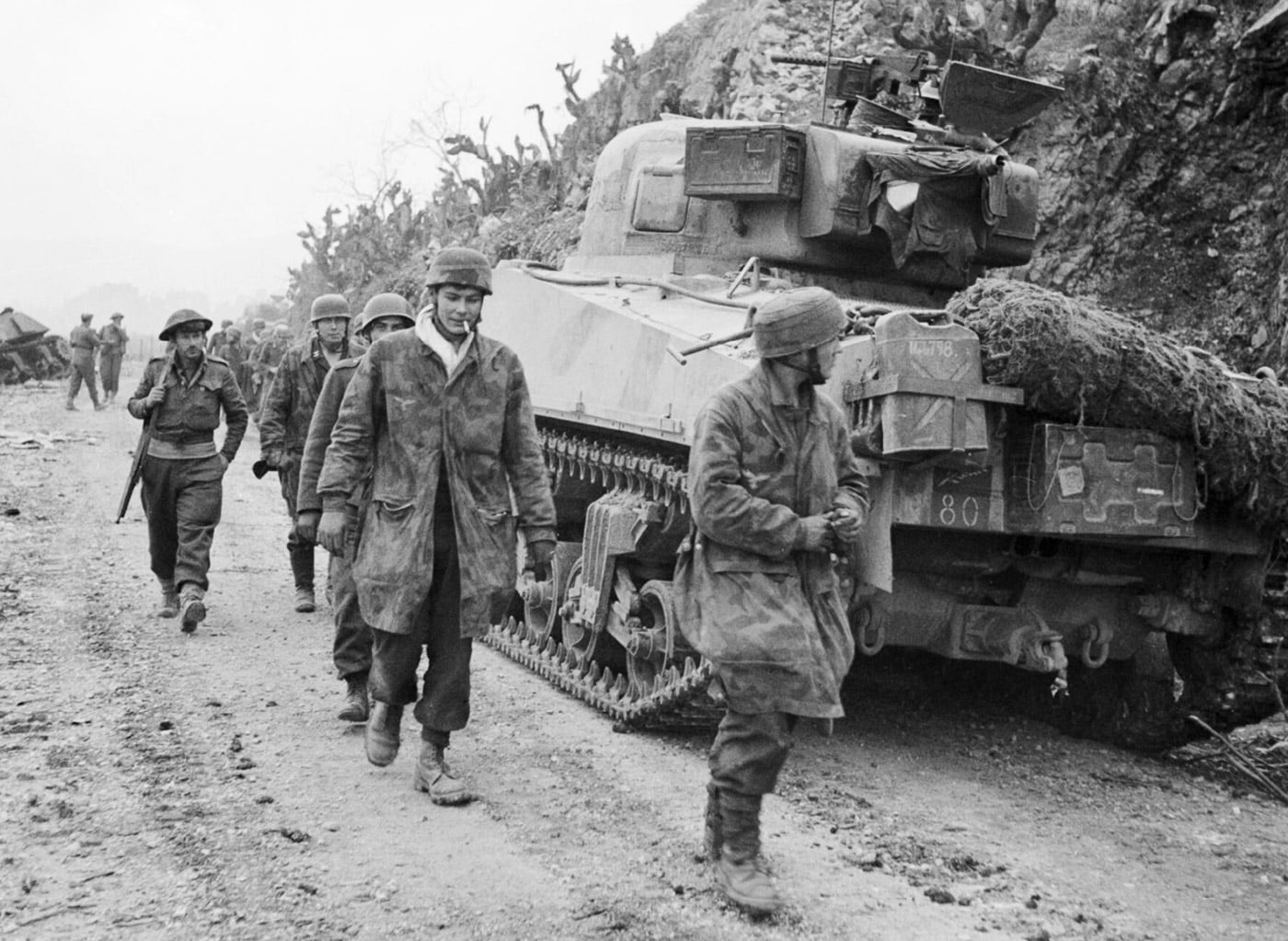
Editor’s Note: Please be sure to check out The Armory Life Forum, where you can comment about our daily articles, as well as just talk guns and gear. Click the “Go To Forum Thread” link below to jump in!
Read the full article here


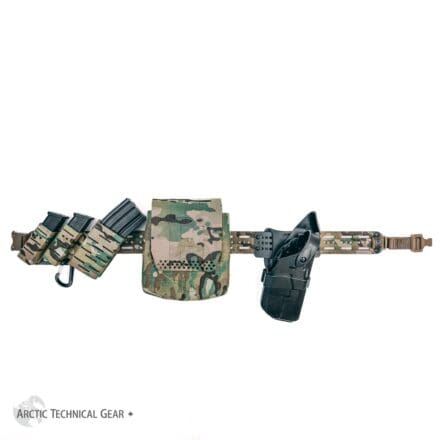

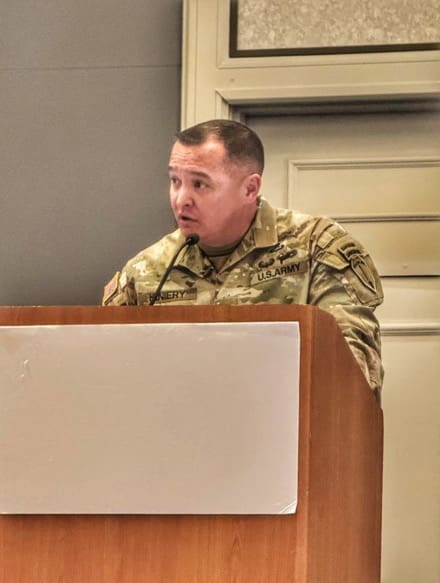
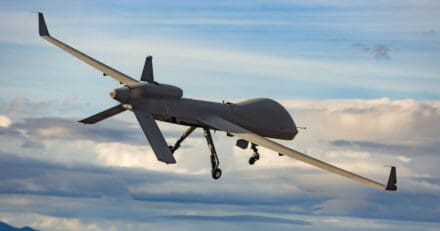


Leave a Reply